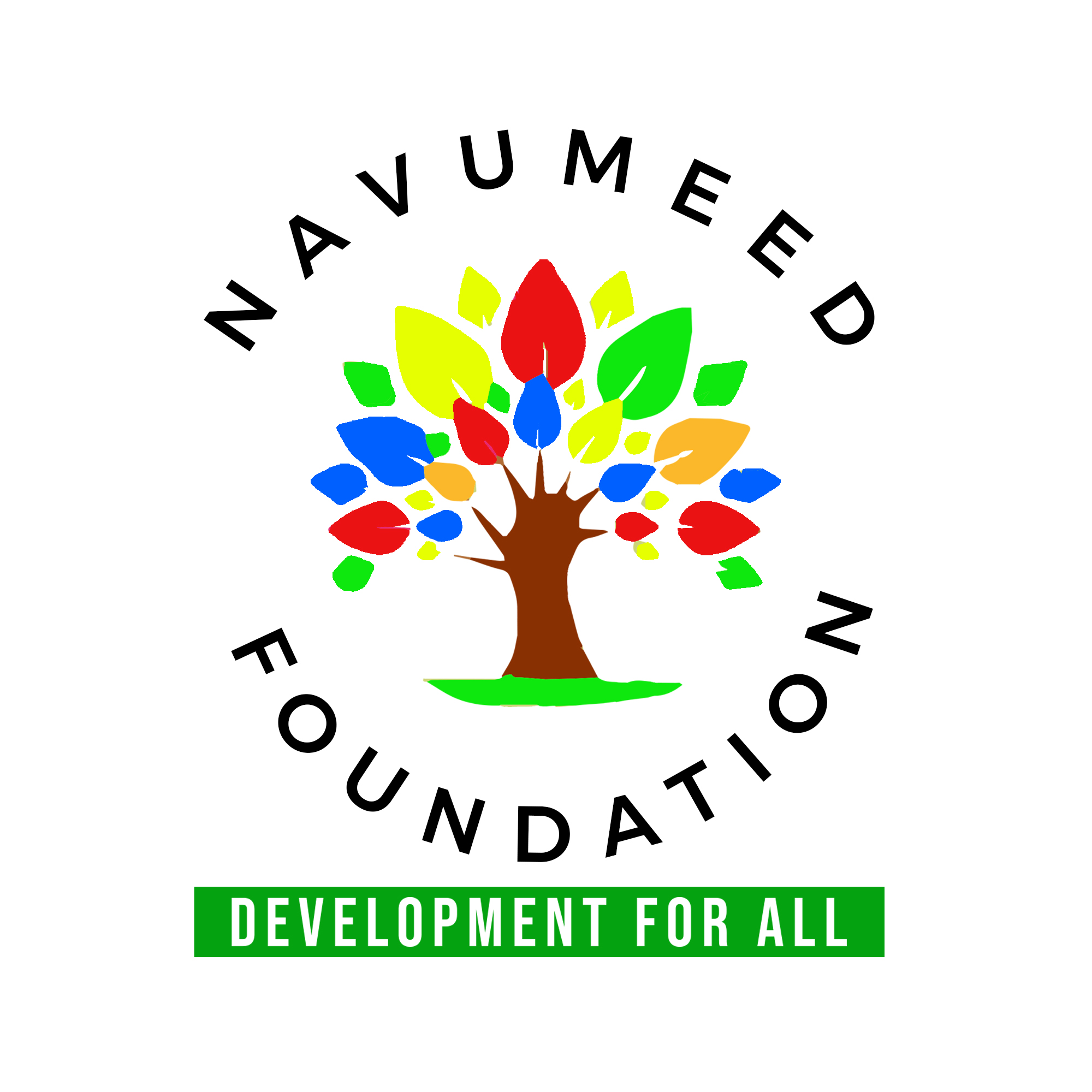No Poverty – Breaking the Cycle in India’s Heartlands
By Navumeed Foundation • The People Feed • August 2025
In the villages and towns across India’s heartlands, poverty is not just a lack of income—it’s a web of limited opportunities, fragile livelihoods, and intergenerational challenges. Yet, stories from the ground reveal that targeted interventions are breaking this cycle, one empowered family at a time.
Why Poverty Eradication Matters Today
Despite economic growth, over 16% of India’s population still lives below the national poverty line [1]. Rural areas experience poverty rates more than twice those of urban centers, with women, children, and marginalized communities most affected. Addressing poverty is central to achieving the Sustainable Development Goals (SDGs), particularly SDG 1: No Poverty [2].
“Poverty is not just the absence of money, it is the absence of opportunity.” – UNDP India
Ground-Level Successes
MGNREGA & Rural Livelihoods
The Mahatma Gandhi National Rural Employment Guarantee Act has provided wage employment to millions, offering a safety net during agricultural off-seasons and building vital infrastructure in rural areas [3].
Self-Help Groups (SHGs)
Women-led SHGs have transformed household incomes in states like Bihar and Odisha, with microcredit enabling small enterprises from poultry farming to tailoring services [4].
Direct Benefit Transfers (DBT)
The DBT system has reduced leakages in welfare schemes like PM-Kisan and PDS, ensuring funds and food grains reach the intended beneficiaries on time [5].
Backing the Revolution: Policy & Innovation
The National Rural Livelihood Mission (NRLM) aims to mobilize 70 million rural households into self-managed institutions by 2030, focusing on financial inclusion, skills, and enterprise promotion [6].
State-level programs like Kerala’s Kudumbashree have shown that integrating women’s empowerment with poverty alleviation can generate lasting social change [7].
Challenges That Persist
- Uneven access: Remote villages often miss out on welfare coverage due to poor infrastructure and connectivity [8].
- Underemployment: Seasonal work creates income instability, leaving many households vulnerable.
- Social barriers: Caste and gender discrimination can limit access to resources and opportunities.
Scaling with Equity
- Strengthen Rural Infrastructure: Roads, digital connectivity, and storage facilities.
- Expand Skill Development: Training for rural youth in modern, market-relevant trades.
- Community-Led Models: Empower Panchayats and local groups to co-design poverty solutions.
Email us: connect@navumeedfoundation.org
References & Further Reading
- National Multidimensional Poverty Index, NITI Aayog, 2023. ↩
- UN SDG 1: No Poverty, United Nations. ↩
- Mahatma Gandhi NREGA Official Portal, Govt. of India. ↩
- Self-Help Groups transforming lives, World Bank. ↩
- PM-Kisan Samman Nidhi, Govt. of India. ↩
- National Rural Livelihood Mission, Ministry of Rural Development. ↩
- Kudumbashree Mission, Govt. of Kerala. ↩
- Ministry of Rural Development, Govt. of India. ↩
